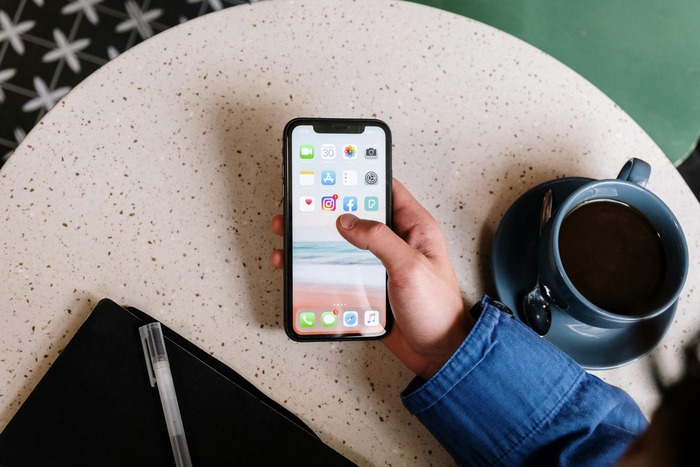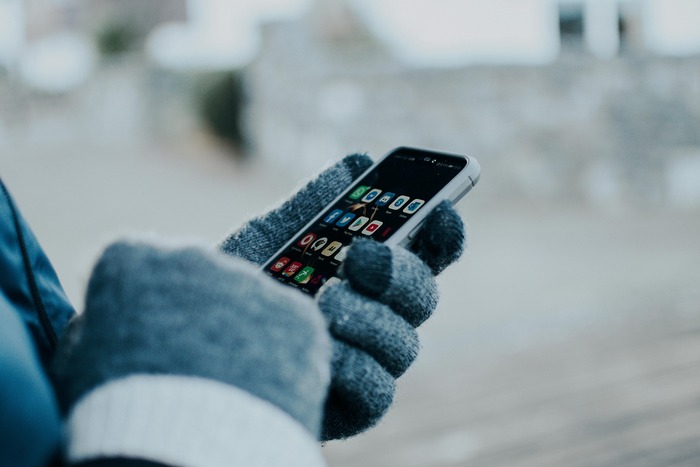In an era where digital devices are integral to learning and leisure, balancing screen time and study time has become a crucial skill for students. The allure of notifications, social media, and the endless expanse of the internet can easily sidetrack even the most disciplined learners.
As we navigate through 2024, we must adopt strategies that harmonize our digital and academic lives, ensuring productivity and well-being. Here are five tips to help students manage this balancing act effectively.
Set Clear Boundaries
Establishing clear boundaries between study and screen time is the first step toward achieving a healthy balance. Delineate specific hours of the day dedicated solely to studying, ensuring these are periods when you’re typically most alert and focused.
During these hours, consciously silence non-essential notifications and use apps or tools to minimize distractions. Conversely, designate times for leisurely screen use, allowing yourself to engage with digital content guilt-free, knowing you’ve already accomplished your study goals for the day.
This clear demarcation encourages a disciplined approach to studying and digital consumption, enhancing focus and efficiency.
Even though most students overindulge in technology during their leisure time, some learners spend copious amounts of time in front of their devices doing research and paper writing instead. Even though the intention behind this is positive, there are still health risks associated with overusing your computer.
When you feel like your screen time is greatly extended due to your busy schedule, research “Can someone write my research paper?” and get academic help. Students who leverage writing aids often find they have more time for sleep and a balanced routine.
Leverage Technology Wisely
While screens can be a source of distraction, technology also offers many tools to aid in managing and optimizing study time. Explore apps and software that promote productivity, such as Pomodoro timers, task organizers, and site blockers that restrict access to distracting websites during study sessions.
Additionally, utilize educational platforms and resources online to complement your learning, turning screen time into an extension of your study time. By leveraging technology wisely, you transform potential distractions into allies, enriching your educational experience and making study sessions more engaging and effective.
Cultivate a Physical Study Space
Creating a dedicated physical space for studying can significantly enhance your ability to focus and resist the temptation of unnecessary screen time. Choose a location that is comfortable, well-lit, and conducive to concentration, ideally away from televisions, gaming consoles, or other digital devices unrelated to your study tasks.
Personalize this space with educational materials, inspirational quotes, or anything else that motivates you, making it a sanctuary for learning. This physical separation from leisure-oriented devices helps condition your mind to associate this space with productivity and learning, minimizing the likelihood of digital distractions.
Practice Mindful Screen Use
Developing mindfulness about your digital habits is pivotal in achieving a balanced lifestyle. Here’s how you can foster this mindfulness effectively:
- Time Assessment: Regularly check how much time you spend on screen usage to understand your digital consumption patterns.
- Value Evaluation: Critically evaluate the value these digital interactions bring into your life, distinguishing between productive and unproductive screen time.
- Purpose Reflection: Reflect on the purpose behind your screen usage, distinguishing between using technology for relaxation/connection and using it as a procrastination tool.
- Intentional Choices: Make deliberate decisions about your digital consumption, ensuring that the time spent on screens is purposeful and aligns with your well-being and academic objectives.
- Activity Prioritization: Prioritize activities that genuinely benefit your well-being and educational pursuits over aimless scrolling or binge-watching.
By embracing these steps, you cultivate a more mindful approach to technology usage, ensuring that screen time supports your academic journey and personal growth.
Incorporate Screen-Free Activities
Finally, enriching your daily routine with screen-free activities is essential for overall balance and wellness. Engage in hobbies that don’t involve digital devices, such as reading physical books, exercising, spending time in nature, or pursuing creative interests like drawing or playing a musical instrument.
These activities offer valuable opportunities for relaxation and rejuvenation, providing a necessary counterbalance to screen time and study time. They contribute to your physical and mental health and enhance your capacity for concentration and creativity when you return to your studies or digital tasks.
Conclusion
As students in 2024 navigate the complexities of a digitized world, mastering the art of balancing screen time with study time is more crucial than ever. Students can achieve a harmonious blend of productivity and digital engagement by setting clear boundaries, leveraging technology wisely, cultivating a physical study space, practicing mindful screen use, and incorporating screen-free activities into their routines.
This balanced approach supports academic success and promotes a healthier, more fulfilling lifestyle amidst the digital age’s demands.
Author: Charlie Martin
Charlie Martin blends his expertise as a student counselor with his passion for writing, offering guidance and insights that resonate with students navigating their academic and personal journeys. His articles provide practical advice and encouragement, drawing from his extensive experience in counseling to address the challenges students face today. Charlie’s commitment to supporting student success shines through in his engaging and informative pieces.


